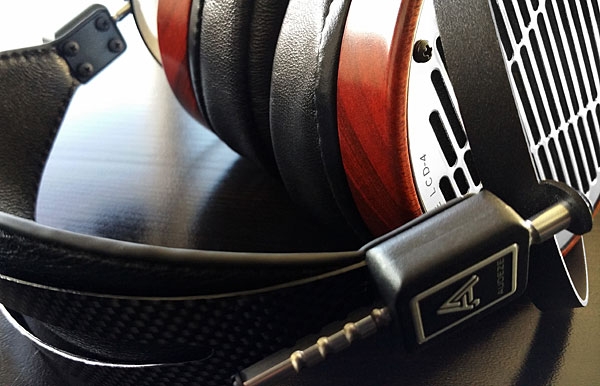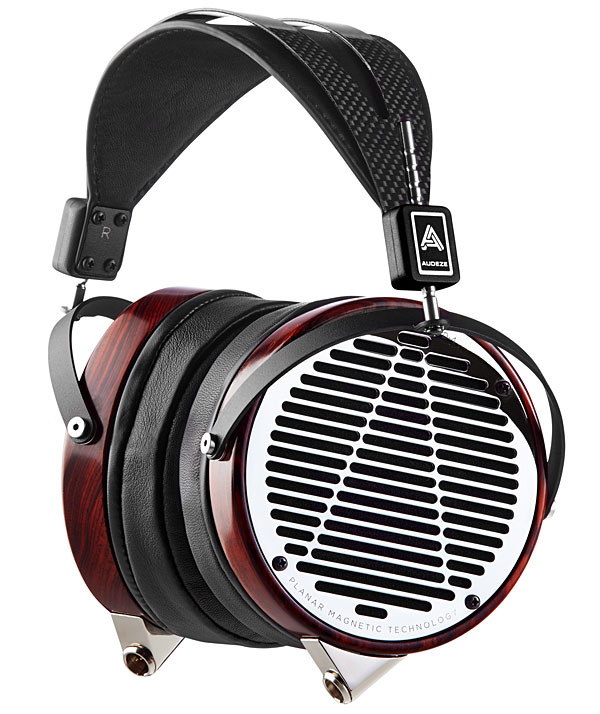| Columns Retired Columns & Blogs |
John, you and Tyll individually carry a ton of weight with me. I couldn't hold a reviewer in much higher regard on both the quant and qual fronts than I do the two of you. Together, ..., well, ..., taken together your two seemingly disparate albeit positive reviews sum less to a meta-review and more into an outright sign from on high. A burning bush or something.
That carbon fiber also matches both my sunglasses and the interior of my car!
I wish I still wasn't so unhappy with all the digital formats... I mostly listen to digital on my (current) Audeze cans.











































